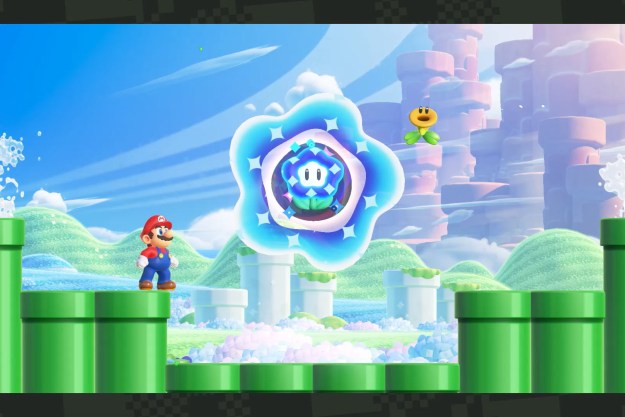With titles like Super Mario World and Super Mario Bros. 3 among them, no-one disputes that these games are classics of their kind; able to transform even the dullest of rainy days into magical experiences.
But could they teach you computer science?

Leap forward to the present day, and 22-year-old Alex Losego is convinced they can. Losego has been hard at work on a series of YouTube videos in which he breaks down the aforementioned Super Mario games under the title “Retro Game Mechanics Explained.”
In doing so, he’s shedding light on the obscure minutiae of titles many gamers know like the back of their hands, but which have rarely (if ever) been the subject of computer coding classes.
It’s oddly fascinating stuff, even if you’re a non-programmer or not planning on a career in games development — and will give you a new appreciation for “null sprite glitches” and the importance of random number generation, Super Nintendo style.
“I like sharing this information with other people,” Losego told Digital Trends. “That’s why I started making YouTube videos. People are fascinated by seeing what’s going on behind these games. If you’re playing Super Mario, and you see a glitch, you wonder how it happened. That’s what I want to help people understand.”
In his early twenties, Losego shouldn’t — strictly speaking — have grown up with the 16-bit Super Nintendo. Sony shipped its first-gen PlayStation the year he was born, and by the time he was in kindergarten, the Nintendo 64 and ill-fated Sega Dreamcast had joined the gaming fray. However, as he told us, “I had a Super Nintendo at home. It was during the later stages of its life, but our family wasn’t the quickest at getting the new machines.”
Like a lot of kids, Losego wanted to develop his own games, or at least to create new levels for existing favorites. Unlike a lot of kids, he decided to delve into 65c816 assembly code, the programming language of the Super Nintendo, to do so.
Now in college, Losego no longer wants to work in gaming, but enjoys taking these games apart to explain how they work on a code-based level.
“Nintendo doesn’t release its source code for games, but some titles have previously been disassembled, or reverse-engineered, by fans,” he continued. “With others, I’ve had to disassemble them myself. Using an emulator, you can look at the memory in these games in real-time. That along with the disassembly lets me together what is going on. Sometimes it’s really difficult, though.”
He said that learning a decades-year-old assembly language has helped his own programming skills, much as learning a dead language like Latin helps you understand the root of many modern languages. With his YouTube videos taking off, he’s now using the games to give out computer science lessons online. (If you want to support him, consider contributing to his Patreon account.)
“I have a lot of ideas for expanding this series,” he said. “I want to focus on the programming side of things, but use the video games as an example. I hope that this will help people who want to get into computer science, but aren’t super confident about it. When they see that I’m using video games [to explore the subject], I think some people may be swayed because they think it’s cool.”
Hey, if you can learn some of the intricacies of programming while playing old Super Mario games, we’re all for it!
Editors' Recommendations
- Super Mario Bros. Wonder almost featured a realistic Mario and surfing
- Our favorite Switch games of 2023: Tears of the Kingdom, Mario, and much more
- The best video games of November 2023: Super Mario RPG, Assassin’s Creed Nexus, and more
- 5 Square Enix RPGs that need to make a Super Mario RPG-style comeback
- Super Mario RPG is halfway between a remaster and remake


